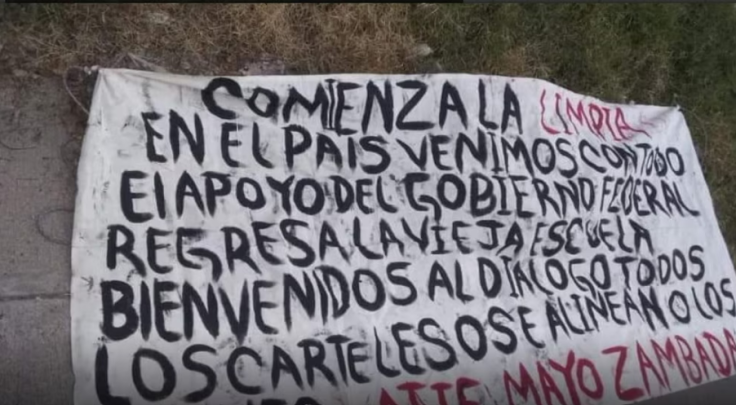
Internal wars between drug cartels have long been marked by betrayals on both sides.
One of the most notorious cases in Mexican organized crime involved the Beltrán Leyva brothers and the Sinaloa Cartel. After Alfredo Beltrán Leyva was arrested in 2008, his brothers Arturo, Héctor and Carlos broke with the cartel, accused Joaquín "El Chapo" Guzmán of alerting authorities, and orchestrated the murder of El Chapo's son, Édgar Guzmán López.
These events sparked a violent conflict between the two criminal organizations that lasted for years, a pattern now repeating in the ongoing war between Los Chapitos and La Mayiza, which began in July 2024 when one of El Chapo's sons surrendered to U.S. authorities alongside Ismael "El Mayo" Zambada.
More than a year into the war in Sinaloa, thousands have been killed and thousands more remain missing. Despite heavy losses on both sides from killings and arrests by Mexican authorities, sources within La Mayiza told reporters in August that the faction currently holds the upper hand.
Heavy losses and La Mayiza's growing dominance have prompted a wave of defections from Los Chapitos.
A report by Milenio indicates that several operators linked to the faction have switched allegiances and joined La Mayiza, led by Ismael Zambada Sicairos, known as "Mayito Flaco," son of El Mayo.
Federal sources cited by Milenio say betrayals within Los Chapitos have been increasing since May. These defections have become easier to track because of "narcomantas," banners cartels use to send public messages, and videos on social media highlighting individuals who abandoned the organization.
One of the most significant defections for Los Chapitos occurred in June, when Juan Carlos Bernal Zazueta, also known as "El 11," joined La Mayiza. Milenio reported that Zazueta was a key Los Chapitos operator in Navolato, a city considered a stronghold of the Guzmán family for years.
During an Oct. 22 press conference, Mexico's Security Minister Omar García Harfuch confirmed the defection, adding that it sparked a surge in violence after five months of declining homicide rates.
"In June, an entire cell from one criminal group switched to the other, creating an upward trend in violence," Harfuch said.
Betrayals during the war between Los Chapitos and La Mayiza have also involved members of the Guzmán family. One of the most notable cases is Aureliano Guzmán Loera, known as "El Guano," El Chapo's older brother, who joined La Mayiza and assembled a group of gunmen called the "El Guano Cartel" to fight against his nephews.
As reported by Milenio, in July, Los Chapitos publicly exposed additional betrayals in a banner displayed in Sinaloa, threatening individuals who had switched sides.
The banner named Saúl Páez López, a cousin of Ovidio and Joaquín Guzmán López. According to the U.S. government, Páez López coordinated clandestine drug labs for Los Chapitos, managed the supply chain for chemical precursors, and oversaw the network of tunnels used to traffic drugs into the United States.
The banner also singled out Ceferino Espinoza Angulo, known as the "Fentanyl King," accusing him of treachery for allegedly joining the opposing faction.
Authorities say these betrayals have generated anonymous tips about Los Chapitos' movements, resulting in multiple arrests and further weakening the faction's structure, particularly in Culiacán and Navolato.
© 2025 Latin Times. All rights reserved. Do not reproduce without permission.







